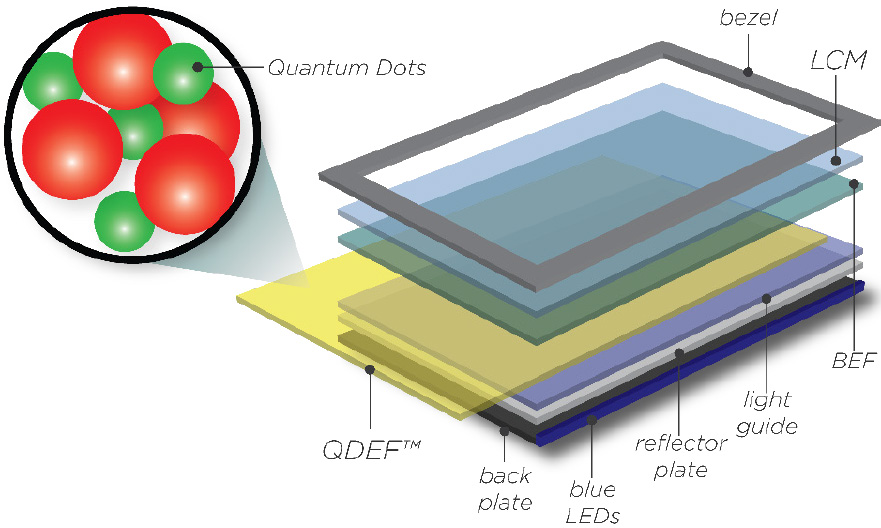
_Wan Shih
Wan is an associate professor in the School of Biomedical Engineering, Science and Health Systems.

_Wei-Heng Shih
Wei-Heng is a professor in the Materials Science and Engineering Department.
When cancer surgeons remove tumors from the body, the difference between success and failure can come down to just a single errant cell. If the surgeon fails to encapsulate all of the cancerous cells within a solid buffer of healthy cells, any malignant material left behind could lead to a recurrence of the cancer.

HI_REZ_SURGERY
Fluorescent nanocrystals, called quantum dots, are part of the technology used to produce the sharp images of LCD televisions.
Wan Shih, as associate professor in the School of Biomedical Engineering, Science and Health Systems; and Wei-Heng, a professor in the Materials Science and Engineering Department in the College of Engineering, are developing a special molecular dye made of fluorescent nanocrystals, called quantum dots, that clings to cancer cells and glows under infrared light. The luminescent dye lets surgeons rapidly verify the presence of unexised cancer cells.
The Shihs’ dots are both safer and cheaper than dots commercially synthesized for research purposes, but their most valuable feature is that they’re built for speed.
The method the Shihs developed, with guidance from Drs. Vanlila Swami and Ari Brooks, who were both professors in the Drexel College of Medicine, generates a fast and accurate result. Once the tumor is removed, it is submerged in a solution of quantum dots for about 10 to 15 minutes, then rinsed with water. Next, an infrared camera captures a series of images, which are immediately viewed on a computer screen or with special goggles.
This procedure has been tested in 10 clinical excised tissues with good preliminary results. The procedure and applications on animal models have been reported in the International Journal of Surgical Oncology.
